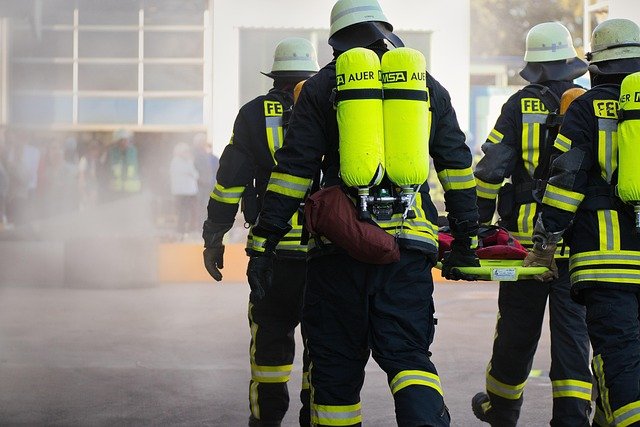Career progression: specializations and supervisory pathways in response services
A career in fire and response services combines frontline skills with structured progression paths. Professionals move from operational emergency tasks into technical specializations or supervisory roles through targeted training, certification, and repeated assessment. This article outlines common specialisms, the training and qualifications that support advancement, and how leadership pathways develop within response services in your area.

How do emergency, rescue, and response roles differ?
Emergency, rescue, and response roles overlap but have distinct operational emphases. Emergency roles focus on incident command, rapid assessment, and coordinated action during fires, hazardous materials events, or large-scale incidents. Rescue positions concentrate on specialized extrication, technical rope or water rescue, and confined-space operations where specific equipment and methods are essential. Response roles describe the broader set of activities that mobilize teams, manage resources, and ensure continuous support for affected communities. Understanding these distinctions helps personnel choose a specialization aligned with incident types, risk profiles, and personal interests.
What certification and training advance careers?
Certification and training form the backbone of career advancement. Entry-level qualifications often include basic firefighting certificates, first aid, and respirator fit testing. Progression involves accredited courses in incident command systems, advanced hazardous materials awareness, urban search and rescue, and medical response training. Continuous professional development—through accredited providers or in-service training—creates documented competencies that hiring panels and promotion boards assess. Certifications demonstrate standardized capability and are frequently prerequisites for specialized deployments or supervisory selection panels within response services in your area.
How do recruitment, assessment, and qualifications shape entry?
Recruitment and assessment processes balance physical ability, cognitive skills, and situational judgment. Competitive selection typically includes medical screening, fitness tests, psychometric evaluation, and scenario-based interviews or practical drills that replicate emergency conditions. Qualifications validate academic and vocational readiness, while assessment centres observe teamwork, communication, and decision-making under pressure. Candidates should prepare by completing recognized qualifications and gaining hands-on experience through volunteer roles, community response units, or supervised drills to strengthen their applications for operational and specialist tracks.
What influences deployment, safety, and resilience?
Deployment decisions are based on incident type, personnel qualifications, and equipment availability. Safety protocols, risk assessment, and adherence to standard operating procedures minimize hazards during operations. Resilience is built through realistic training cycles, post-incident reviews, and mental health support systems that help teams cope with cumulative stressors. Organizational preparedness combines personnel rotation, equipment maintenance schedules, and contingency planning so that teams remain ready for sustained or complex deployments without compromising individual or public safety.
How does first aid, equipment, and drills build preparedness?
First aid capability, equipment familiarity, and regular drills are core components of preparedness. First responders maintain up-to-date medical training to stabilize casualties while awaiting ambulance services. Equipment proficiency covers everything from breathing apparatus and thermal imaging cameras to specialized rescue tools; regular hands-on practice reduces error under stress. Drills—both tabletop and live exercises—test coordination, communications, and logistics. These rehearsals identify weaknesses in protocols, inform training priorities, and ensure that teams can deploy efficiently and safely when real incidents occur.
What are supervisory pathways and leadership development?
Supervisory progression commonly moves from crew leader to station officer, then into incident command and strategic management roles. Development for these pathways includes formal leadership training, mentorship programs, and documented operational experience across multiple incident types. Promotion panels evaluate command presence, judgment, administrative competence, and the ability to lead multidisciplinary teams during complex incidents. Leadership roles also involve resource planning, interagency liaison, and contributing to recruitment and training processes that shape the next generation of responders.
Conclusion
Career progression in response services blends technical specialization with leadership development. Through structured training, recognized certification, rigorous assessment, and repeated practical deployment, individuals can move into niche rescue roles or supervisory positions. Emphasizing safety, resilience, and continual preparedness ensures personnel remain effective and adaptable across a range of emergency scenarios.





